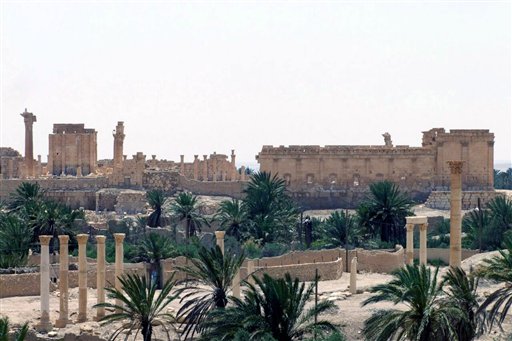Islamic State militants have gained control of the ancient city of Palmyra in central Syria late Wednesday afternoon, according to Reuters.
Palmyra, which has been described as the "jewel of the region," has stood since the Late Archaic period of 2000 – 1001 B.C. and is credited for substantial influence on architectural styles following its discovery in the 18th century, according to the The United Nations Educational, Scientific and Cultural Organization (UNESCO).
The World Heritage Site established by the UNESCO in the city said IS fighters directly threaten the 2,000-year-old ruins, including an antique Roman aqueduct and immense necropolises.
"The site has already suffered years of conflict," UNESCO director general Irina Bokova said this month, referring to Syria's four-year civil war waged by IS and other factions opposed to Syrian President Bashar al-Assad.
Bokova said battles throughout the region have left innocent civilians dead, cities destroyed by airstrikes, and centuries of artifacts lost forever.
"It suffered from looting and represents an irreplaceable treasure for the Syrian people and for the world," Bokova said. "I appeal to all parties to protect Palmyra and make every effort to prevent its destruction."
These fears of potential IS demolition stem from the terrorist group’s destruction of the ancient ruins in the Assyrian city of Nimrud in Northern Iraq in March of 2015, along with reports from Iraqi archaeologists saying fighters looted and took sledgehammers to priceless artifacts in the Mosul Museum.
Maamoun Abdulkarim, Syria’s director-general of antiquities and museums, warned the Associated Press of the Islamic State’s impending push into the ancient heritage site as early as May 15, saying that "if [the Islamic State] enters the city, it will be a human catastrophe."
